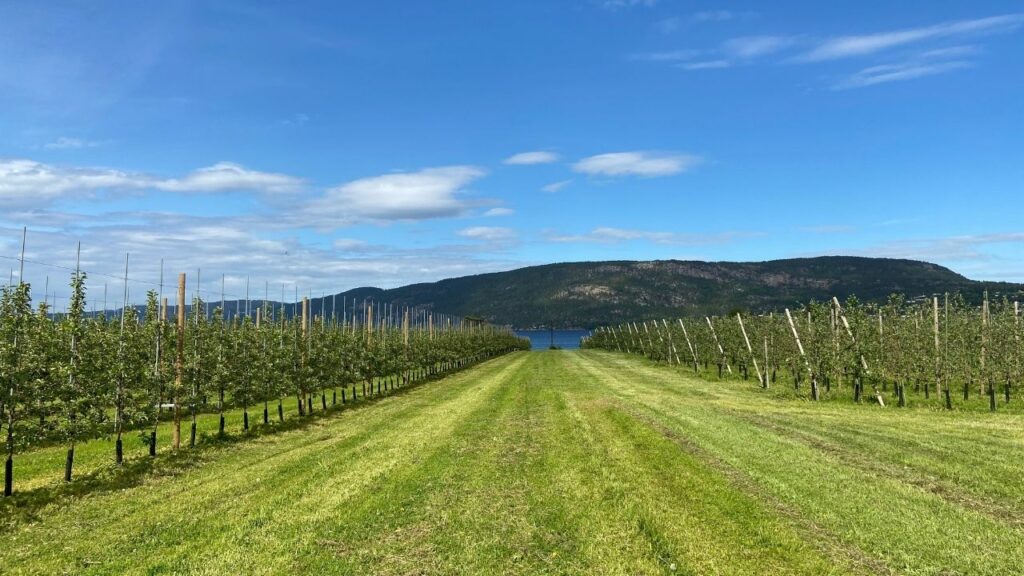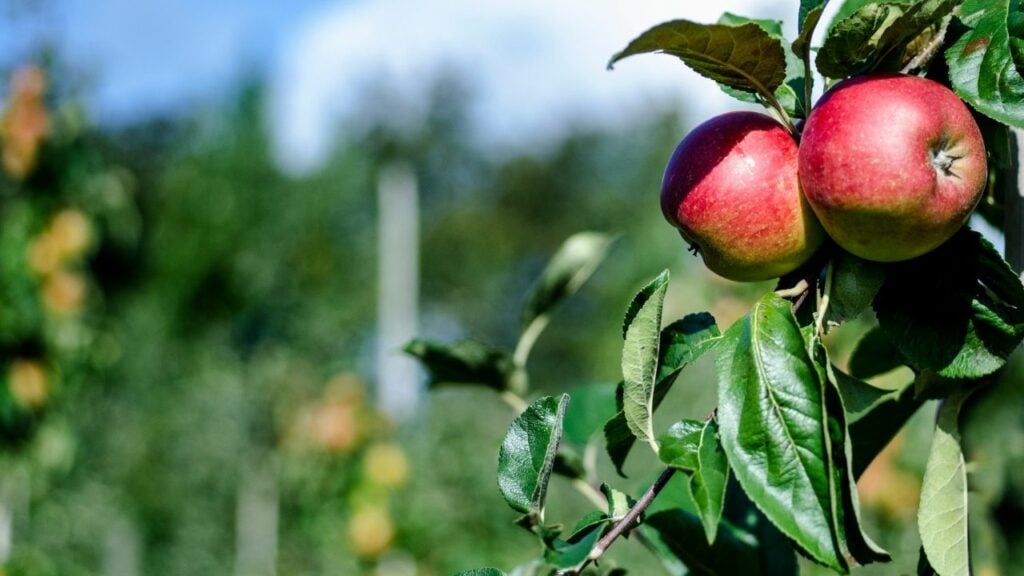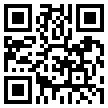From growers to growers: a founder interview
If you are a grower, you know how difficult life in the fields can be, especially if your tools are not suitable for your needs. You know how difficult it can be to change your habits and to keep up with new technologies and regulations.
Lars Blikom, one of the founders of Farmable, is a grower who experienced the lack of digital tools made for growers. He was facing the same difficulties that the agriculture industry is facing every day, and for this reason, the idea of Farmable was born.
With a group of other Norwegian growers, Lars noticed that an extra effort like digitalization could save hours spent filling reports, documents and organizing the work.
We asked him a few questions about the business and his experience, how he came out with a Farm Management Platform idea, and how was his journey to create a business.

Where did the idea of Farmable come from? Why?
When you started this project, were there similar apps already on the market?
There were some software tools out there, and we tried at least 10-15 of those. There were two main categories of farm management software at the time:
How would you describe Farmable in a sentence?
What were your initial expectations?
What were your fears?
I can’t recall any particular fears.
How much impact do you think Farmable has on the working organization of a farm? Can you explain why?
As a farmer, what do you think are the next features that you would like to have on Farmable?
How does the future of agriculture look like?
What is the activity in the fields you prefer to do? Which one you would like to avoid, or do you find heavier?



Thank you for your sharing. I am worried that I lack creative ideas. It is your article that makes me full of hope. Thank you. But, I have a question, can you help me?